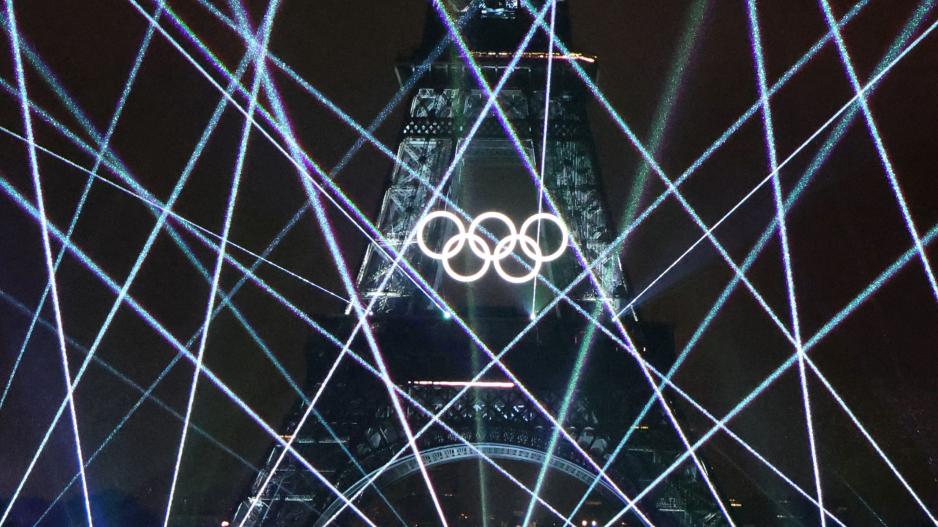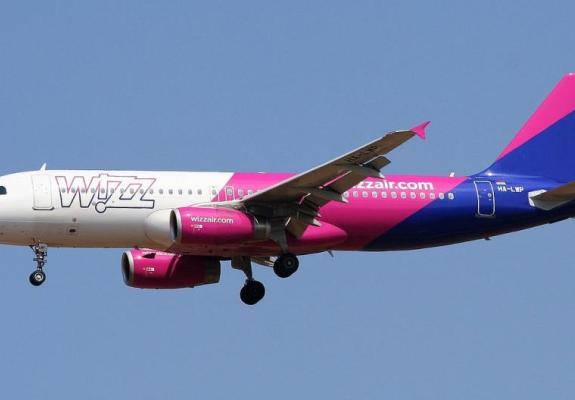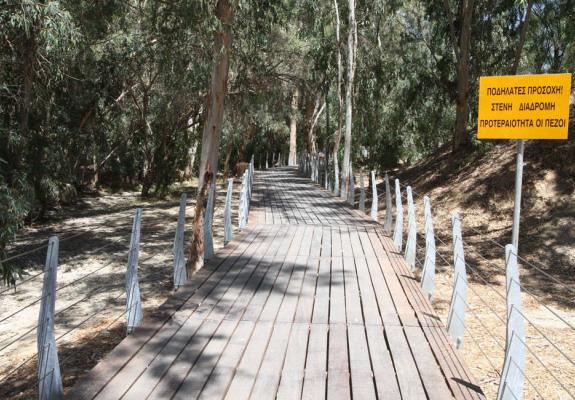Olympic Games 2024: Why Media Employ Influencers
How Social Media Is Used to Attract Audiences.
Social media has changed the way young people, in particular, view global events, and this applies to the world's premier sporting event, the Olympic Games.
Dozens of personalities from social media platforms such as YouTube, TikTok, Snapchat, and Instagram have been brought to Paris by teams like YouTube, NBC in the US, and Eurosport in Europe to promote the Olympics and encourage a new audience to watch the Games.
Broadcasting organizations, national teams, sponsors, and the International Olympic Committee (IOC) have all leveraged online influencers to fill storytelling gaps and engage a younger generation in the biggest event in sports.
While influencers, or creators as they are more commonly known in the industry, are not new to sports, YouTube CEO Neal Mohan told the Financial Times that the scale of activities in Paris makes it a "first of its kind."
"Our creators are incredibly innovative. Our creators know how to connect with the audience and invent new sports formats on a regular basis," he said. "It all leads to this moment."
These efforts are part of a broader pattern of experimentation across all sports, as rights holders seek new ways to broaden their audience. The IOC has also added "urban" sports like skateboarding and breakdancing to the program in an attempt to attract younger viewers.
One major challenge for Olympic viewers is understanding a sport they might only see once every four years. A clip explaining a scoring system proposal has been viewed 183,000 times so far.
Major Olympic broadcasters like NBC and Eurosport have also deployed creators to help reach the next generation of viewers who might not have a history of watching the Summer Games.
Gary Zenkel, president of NBC Olympics, said the idea of engaging more social media stars came in the wake of the Summer Games held in Tokyo in 2021 and the Winter Games in Beijing six months later.
Audience behavior was changing, he said, and creators offered new opportunities for both content distribution and marketing the core broadcast product.
"When you're an Olympic broadcaster, your audience is everyone. And, they are young and old. It is multicultural and multi-generational," Zenkel told the FT.
"There is certainly an audience, especially among younger generations, that spends more time on short-form content than longer, more traditional programming. And we will reach them through these platforms."
In addition to the legions of fans—the six selected NBC YouTubers have a combined fan base of over 66 million on the platform—the hope is that creators also enhance the overall viewing experience. Some media executives point to the huge success of sports documentary series like Formula One's Drive to Survive as inspiration for the effort to show as much off-field action as possible.
According to Scott Young, who oversees sports production and content at Warner Bros Discovery in Europe, what these new producers offer is a different perspective on the Games, behind the scenes.
There are still strict restrictions for creators regarding publishing interviews with athletes and live footage from competitions.
However, the IOC has relaxed some of its rules to allow athletes to post content on social media from within venues, although there are still rules about how close to the start of competitions they can record.






